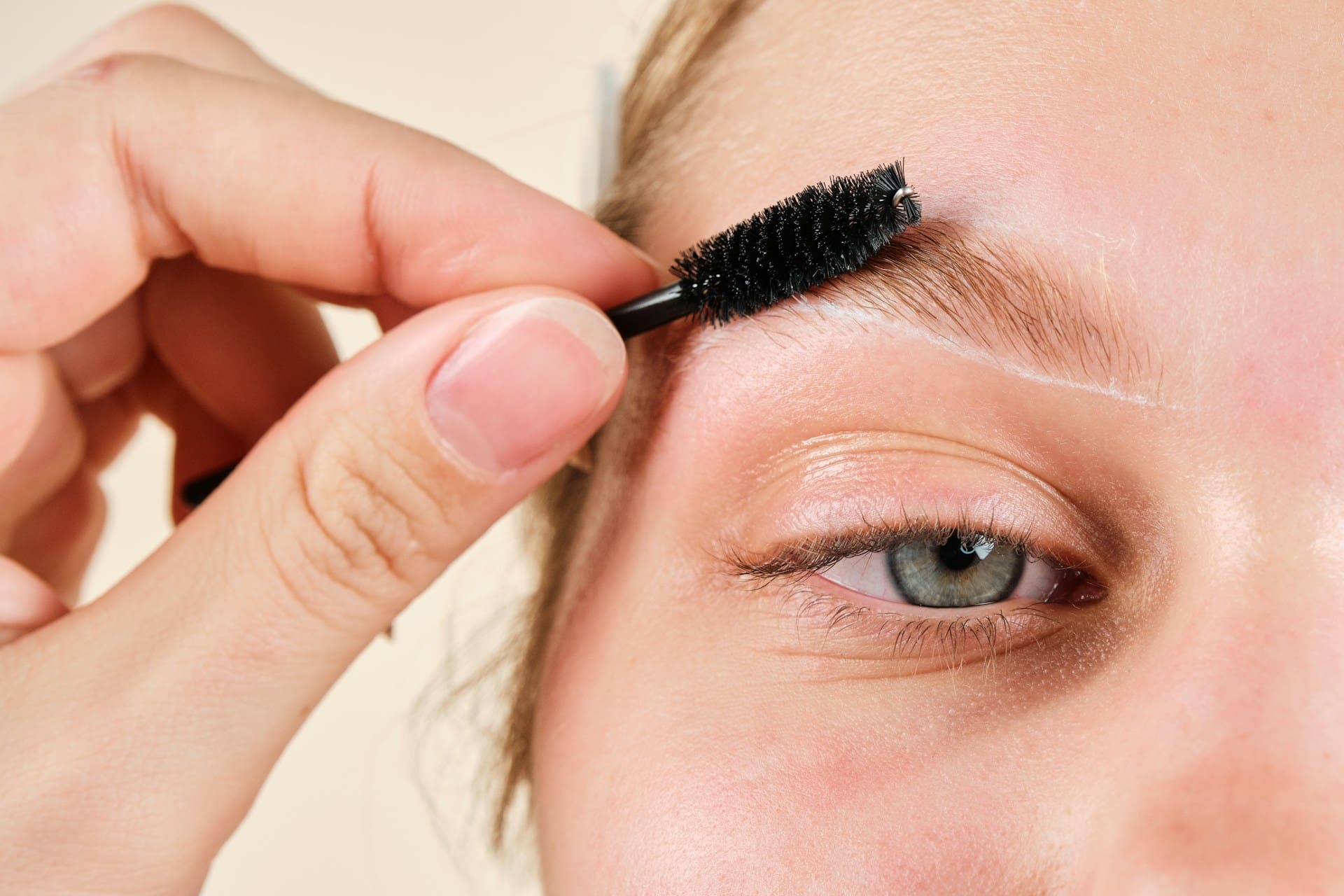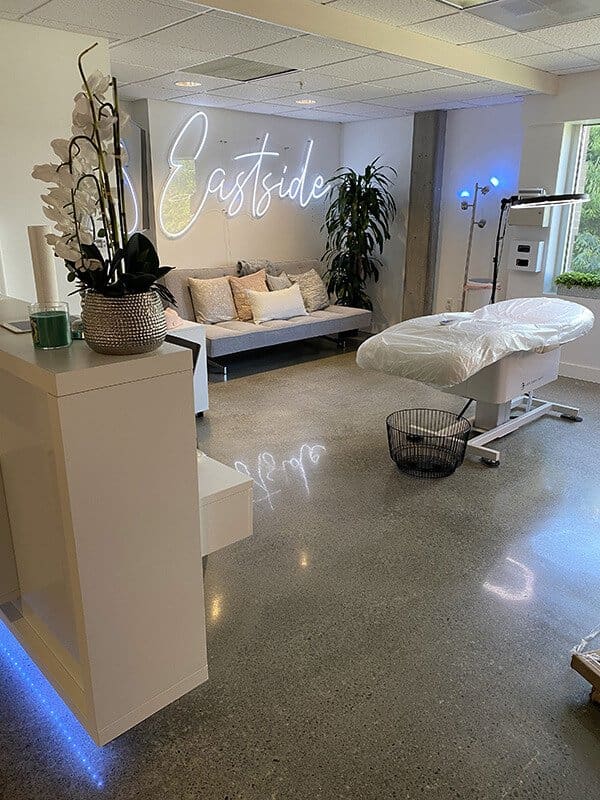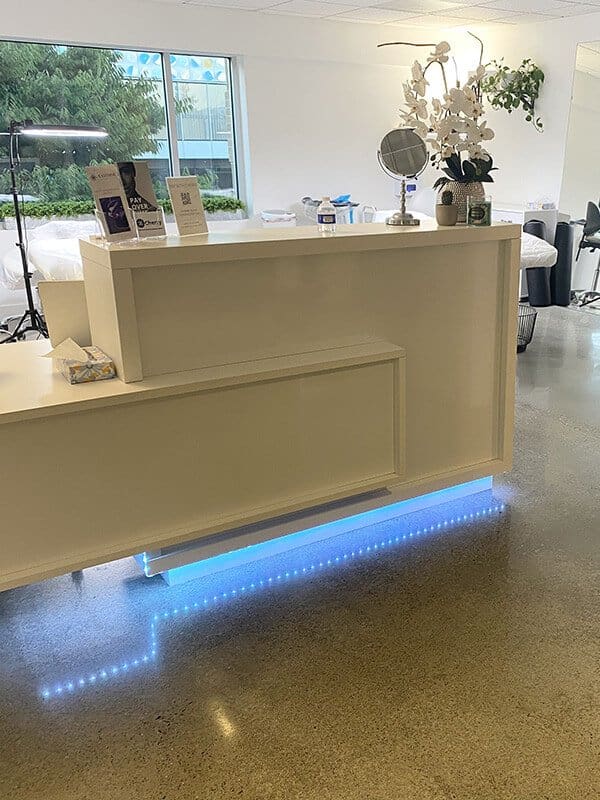Microblading has become one of the most popular beauty treatments for those who want fuller, more defined brows without the hassle of daily makeup. It creates natural-looking hair strokes using pigments placed into the skin with precision. When done right, results can last for months and transform the way your brows look.
But sometimes, those perfect strokes begin fading too soon or seem to vanish altogether. It’s disappointing, especially when you’ve invested time and money into getting them done. The good news is that most issues have a clear cause, and once you understand what may be going wrong, you’re one step closer to lasting results.
There are several reasons your microblading strokes might not be holding. Whether it’s related to skin prep, aftercare, technique, or pigment, knowing the cause can help you fix it and prevent it from happening again.
Common Causes Of Microblading Strokes Not Holding
If your strokes are beginning to disappear just a few weeks after your appointment, don’t panic. The fading may be caused by one or more of the following factors.
1. Poor Skin Prep Before the Appointment
The condition of your skin at the time of the procedure plays a big role in how pigment takes. Skin that’s oily, dry, sunburned, or still healing from other treatments can struggle to retain pigment. Clients sometimes arrive with skin care products on their face, which can form a barrier and prevent the pigment from fully settling into the skin. Certain medications or chemical peels done too close to the appointment can also impact results.
2. Technique and Depth Errors
Microblading requires a steady hand and accurate control of how deep each stroke goes. If the artist goes too shallow, the strokes may fade quickly. If they go too deep, the pigment might blur or heal unevenly. Consistency in pressure and stroke direction is key to achieving crisp, long-lasting lines. A lack of training or experience may lead to inconsistencies that reveal themselves during the healing process.
3. Pigment Type and Quality
Not all pigments are created equal. Some formulas fade faster than others, and some may not show up well on certain skin tones. Artists also need to choose the right color mix for the individual. If low-quality ink is used, or if the formula isn’t specifically made for microblading, you might end up with weak retention.
4. Skin Type Matters
Oily or sensitive skin can prevent strokes from healing cleanly. People with oily skin often find that the pigment blurs or fades more quickly, especially in hot climates like Scottsdale. Sweat and excess oil during healing can impact how the skin bonds with the pigment. On the other hand, dry or flaky skin may repel the pigment altogether, causing patchy results.
Once you understand the cause behind poor retention, it’s easier to adjust your approach next time or seek the right type of correction through touch-up sessions.
Importance Of Proper Aftercare
Even if your artist is on point with technique and pigment choice, your healing routine plays a big part in how well the strokes settle. Pigment retention depends on how carefully you treat the area in the days following your appointment.
A good aftercare routine should include:
– Keeping your brows clean without over-washing
– Avoiding direct sun exposure
– Refraining from using makeup or skincare around the area
– Skipping activities that cause sweating or moisture buildup, such as the gym or saunas
– Applying healing balm as directed by your artist
A common issue many clients face is failing to follow these instructions consistently. Something as small as scratching the area or exposing your brows to heat too soon can interfere with pigment bonding. Clients are sometimes surprised at how much difference one skipped balm application or a sweaty workout session can make.
If you think your aftercare might have impacted your results, don’t stress. Understanding what went wrong helps you avoid the same problem when you go in for a touch-up.
The Role Of Training And Experience
Microblading may look simple on the surface, but the technique is highly detailed. Great results come from artists who have proper training and experience. Precision, depth control, and pigment knowledge are all tied directly to how skilled the artist is.
Those who complete professional microblading training in Scottsdale can offer better results because they’ve studied skin, color theory, and shaping techniques. Clients can tell the difference. From how clean the strokes look to how well they hold over time, the artist’s skill level matters.
In this industry, continued learning is important. Artists who stay updated with trends, tools, and safety standards are the ones who create long-lasting and beautiful results. Certification and regular training show an artist’s commitment and professionalism.
When choosing where to book an appointment or education course, look for studios that care about education and are known for producing quality work.
How To Address And Correct The Issue
If your microblading strokes didn’t hold well, there are steps you can take to get things back on track.
1. Schedule a Consultation and Touch-Up
Your first step should be returning to your original artist or a qualified studio to assess what’s needed. Most microblading procedures include a touch-up session after the initial healing period, where the artist strengthens faded strokes and smooths out any inconsistencies.
2. Explore Your Options
If you’re unhappy with the original work, you might need a correction instead of a basic fill-in. A skilled artist will be able to review your results and let you know your choices, based on how your skin responded the first time.
3. Select a Reputable Studio
Good results start with a great artist. Whether you’re returning for a correction or looking for your next microblading session, research the studio’s experience, reviews, and artist certifications. Clients in Scottsdale have access to artists with some of the most up-to-date training in the beauty field.
Even though skin type and aftercare can make a difference in how things heal, nearly all issues can be improved with the right adjustments. Staying informed and proactive will help you protect your investment and get beautiful, full brows.
Keeping Your Brows Looking Their Best
If your microblading strokes didn’t hold the way you hoped, don’t give up. Many factors are involved in getting that ideal outcome, and each session is an opportunity to learn what works best for your skin.
Good communication with your artist, proper prep, and consistent aftercare can go a long way in making your results last. The more informed you are, the easier it becomes to avoid common issues and get the look you’ve envisioned.
Whether you’re considering microblading for the first time or looking to correct previous results, remember that a skilled artist with the right training can make all the difference. Your brows deserve the care and precision that only comes from someone who’s truly invested in their craft.
Investing in high-quality services and knowing what to expect before and after your appointment means you’re more likely to walk away with results you love.
Whether you’re aiming to perfect your technique or begin a rewarding new career in beauty, investing in quality education is a smart move. Discover how you can enhance your skills through our microblading training in Scottsdale. At Eastside Microblading Studio, we emphasize hands-on learning and up-to-date practices to help you achieve professional excellence. Connect with us to learn more about joining our passionate community of beauty experts.




